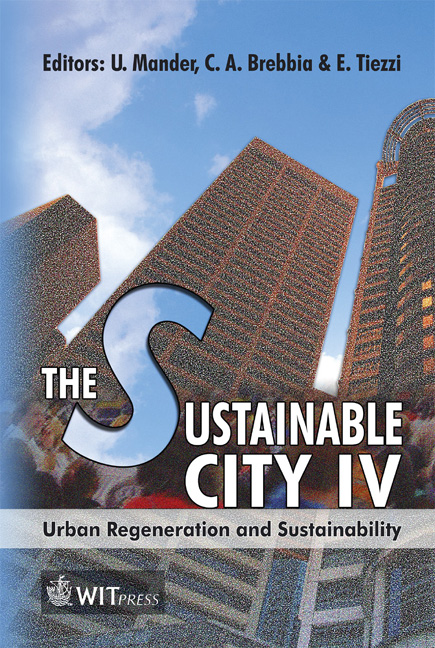Assessment Of The Sustainability Of The Street Network In Kaunas City
Price
Free (open access)
Transaction
Volume
93
Pages
6
Published
2006
Size
564 kb
Paper DOI
10.2495/SC060601
Copyright
WIT Press
Author(s)
A. Guzys, J. Ilgakojyte-Bazariene & J. Sapragonas
Abstract
Infrastructural changes in the transport system of the city complicate the characteristics of travel time, traffic safety, air and noise pollution, living comfort, etc. The main causes could be formulated as follows – the actual infrastructure type and the street use are not compatible with a set of street functions, i.e. there are failures in the relations of function-form-use. The origin of this inadequacy is an old and wrongly developed street network, and improper combinations of street functions. The influence of infrastructural modifications on the characteristics of traffic flow were integrated. The model created describes the typical categories of streets, adequate complex functions and their relations. The conclusions show the possibility to apply this model to the evaluation of sustainability of changes in the urban street network. Keywords: street network, function. 1 Introduction Rapid economic development causes the growth of traffic volume on the major and minor streets of Kaunas city. Economic effects also contribute to the changes in the street infrastructure and in the distribution of road user flows: new commercial and residential zones, and new centres of attraction appear, which change the distribution of vehicle and pedestrian flows. Roads are more or less described in the guidelines and standards of road design. However, the city’s street network is planned not only according to official requirements but also certain realities and shortcomings (historically based street network, lack of funds, lack of knowledge, political and economic interests, etc.).
Keywords
street network, function.





